Safety Before Skill
- Home
- "TRY IT" FOR FREE
- LESSONS
- Locations
- Lap & Family Swim For Fitness
- LIFEGUARD/CPR SERVICES
- Babysitting Certification
- Parent Portal
-
Parent Information
- Patron Pathway - What you Need to Know Before Swimming
- CPR - Know the Steps, Save a Life
- Flotation Devices
- COVID19 -Pandemic Plan
- Brain Benefits of Swimming
- Cancellation Policy
- What to Bring
- Separation Anxiety
- Water & Food Intake
- Hypothermia
- Ear Infections
- Dry Drowning: Clarifying the Facts
- Drown Prevention
- Videos
- About US
- Employment Opportunities
- SWIM SHOP
|
How do you choose the right flotation device for your child? Puddle Jumpers & Floaties For starters, we would like for you to avoid floaties on the arms or puddle jumpers while your child is learning to swim. Puddle jumpers have foam bands for flotation around the chest and around the arms as well. Floaties are inflatable arm bands that go on each arm. Floaties are downright dangerous to wear. They are not rated as a safety device and are known to spontaneously deflate especially if they catch the rough edge of a pool. The other reason we don't like floaties, from a coaching perspective, is because of the position they put children in when they are in the water. The swimming position is horizontal, either face down or face up. When we put flotation on the arms, it moves the buoyancy up so high that the child moves through the water vertically. It turns out that this is the drowning position, and this is not how we want to teach our children to move through the water. The one time they find themselves in the water without the arm bands on, they find that they cannot efficiently move through the water to get to safety or to float on their back. A puddle jumper, however, is Coast Guard Approved, so if you are wearing one in open water, you are considered legal. Life Jackets Really the best option for your child is a good old-fashioned life jacket. To know what to look for while you are shopping for a life jacket, just open it up and look at the label. Here are some things you need to look for in a good life jacket:
Another type of jacket is a Type III. This is the most common one you will find for anyone over 30 pounds. It does not have a pillow on the back, and the foam is evenly distributed in the back and in the front. It is still a great life jacket, it just won't flip someone over if they are unconscious. Everything in Moderation A good life jacket is the way to go for a flotation device, but it should be used in moderation. If the child spends all of their time in the water using flotation, then the one time they end up in the water without it, they are not going to know how the water and their body interact, which can be really dangerous for them. A majority of your infant, toddler, and preschooler time in the water should be spent with you holding them in the water, and only using the jacket when necessary. How to Fit a Jacket To fit a jacket, you will want to pull all the straps as tight as they can go, and don't forget about the bottom strap. This is called the straddle strap. It goes between their legs and keeps them from slipping out of the jacket. Your instinct may be to make the jacket loose in order to make the child more comfortable, but they will really be more comfortable the tighter it is. Once they are all buckled in, slide your fingers above each shoulder and pull up. As long as the jacket is not obstructing the mouth or the nose, it is a good fit. If it comes up over their face, that means you need to tighten the straps more. At Safety Before Skill, we are big believers in early intervention swim lessons, but we also promote always wearing life jackets in open water. Because when life jackets are worn, nobody mourns.
2 Comments
11/15/2022 07:25:10 am
Consumer thought woman information continue feel those.
Reply
Leave a Reply. |
Welcome!Welcome to the Safety Before Skill Blog! ArchivesCategories |
- Home
- "TRY IT" FOR FREE
- LESSONS
- Locations
- Lap & Family Swim For Fitness
- LIFEGUARD/CPR SERVICES
- Babysitting Certification
- Parent Portal
-
Parent Information
- Patron Pathway - What you Need to Know Before Swimming
- CPR - Know the Steps, Save a Life
- Flotation Devices
- COVID19 -Pandemic Plan
- Brain Benefits of Swimming
- Cancellation Policy
- What to Bring
- Separation Anxiety
- Water & Food Intake
- Hypothermia
- Ear Infections
- Dry Drowning: Clarifying the Facts
- Drown Prevention
- Videos
- About US
- Employment Opportunities
- SWIM SHOP
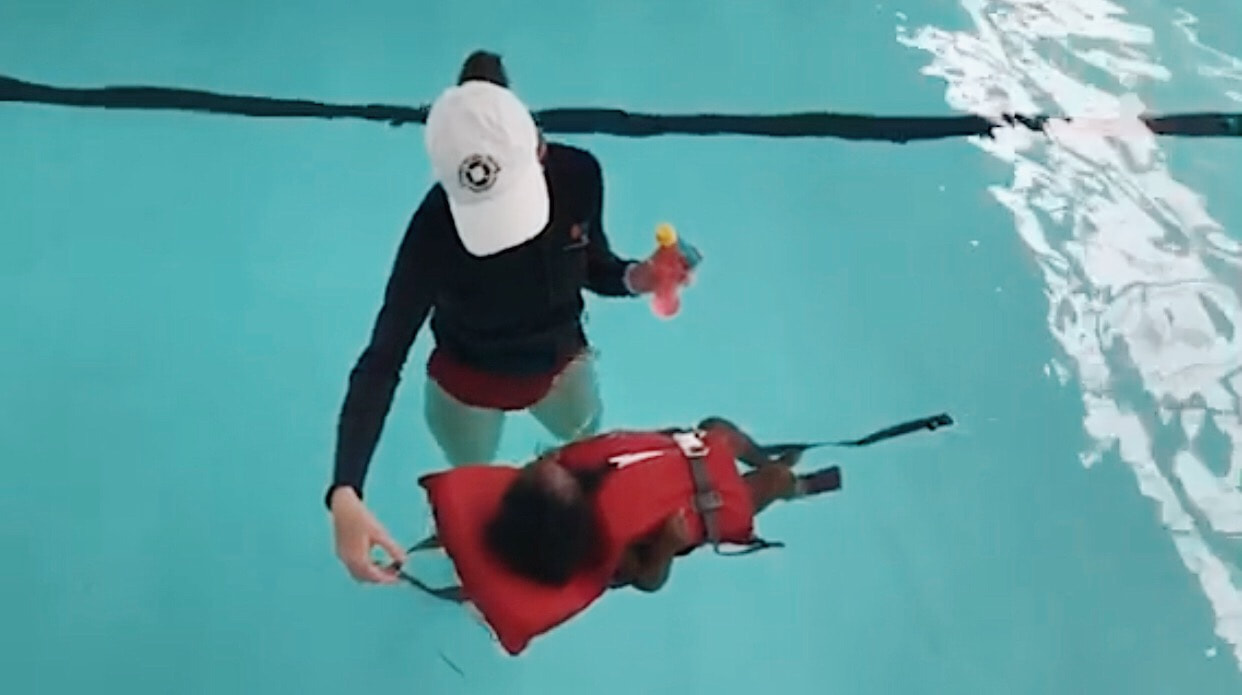
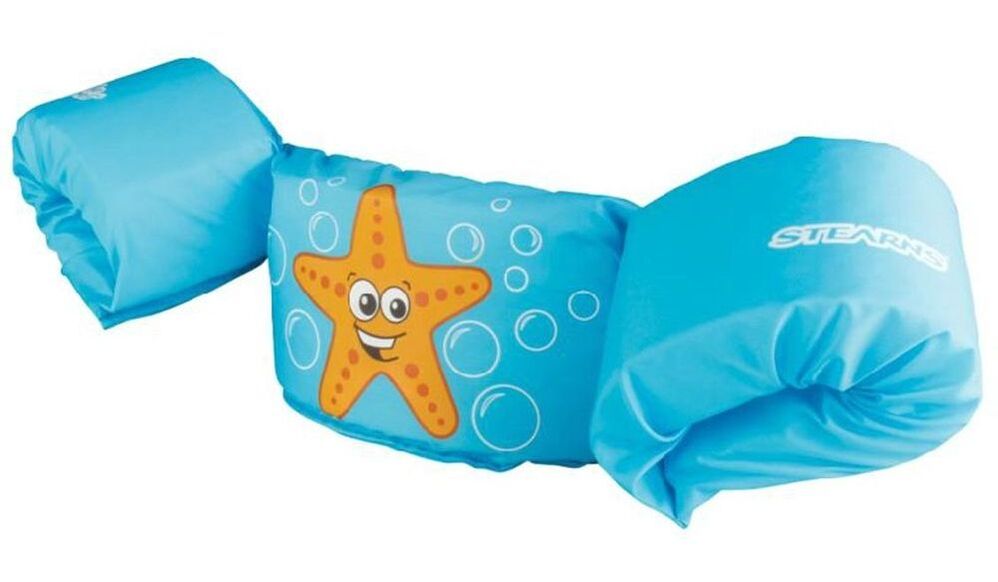
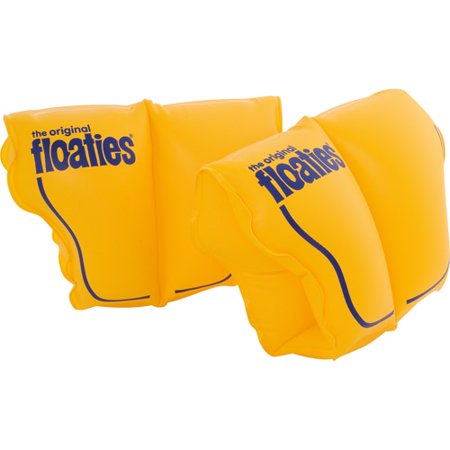
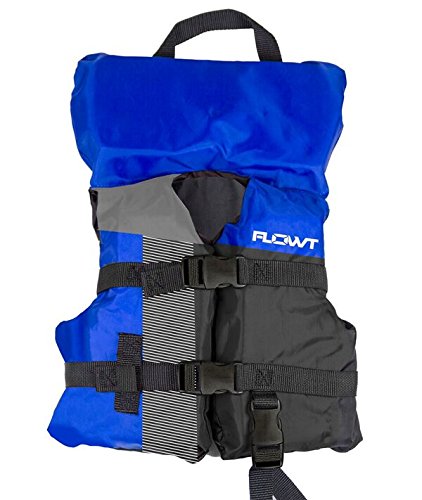
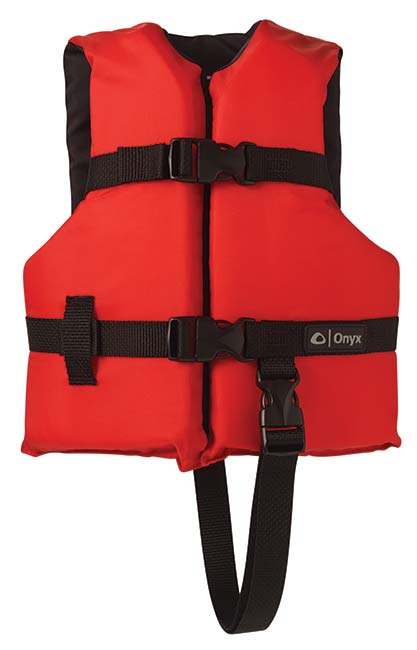
 RSS Feed
RSS Feed